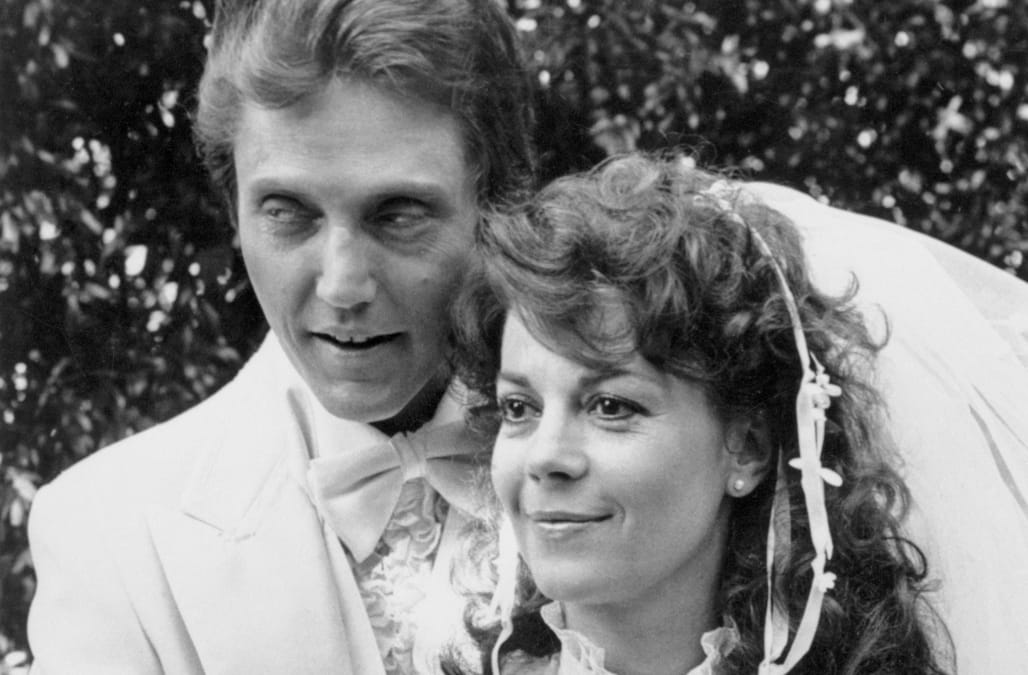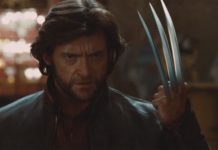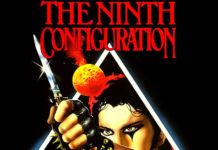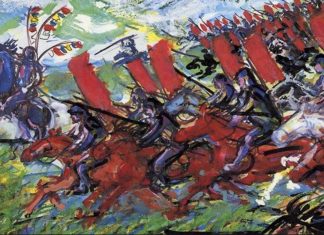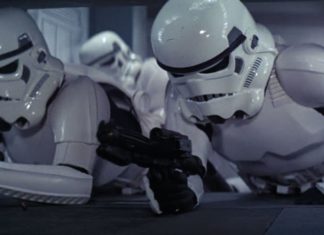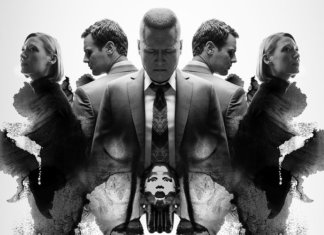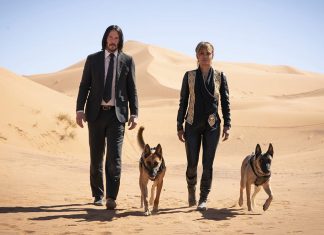This Movie Should Rock The Casbah
Let’s look in the plus-column. You’ve got:
- Special effects titan Douglas Trumbull running the show. He worked on a couple of little films: 2001, Blade Runner, Star Trek: The Motion Picture, etc.
- The institution known as Christopher Walken.
- Nurse Ratched herself, Louise Fletcher, who swallowed a frog three years later in Invaders From Mars.
- Natalie Wood in her last role.
- Cliff Robertson and brain recordings on silver tape.
- Jason Lively, who aged roughly 23 years to star in Night of the Creeps three years later.
- The 1980s version of futuristic headphones!

Yet It All Adds Up To… Huh?
Brainstorm goes down seventeen different paths and still ends up going nowhere.
Brainstorm is about the development of headphone technology that records experiences, rather than Bon Jovi mixtapes, and allows other people to experiences those experiences by wearing their own set of headphones and pushing “play.”
In between time, Cliff Robertson wants to push the technology along… until he wants to shut it down.
Louise Fletcher doesn’t want the army to take the technology and is upset about them doing so, but then she records herself dying and stops being upset.

The army wants to use the technology so people can fly jets without their hands, so they get robots on an assembly line to make flight helmets with the headphones built into them. The army guys also don’t want anyone to see Louise Fletcher’s dying experience that she recorded… because that has absolutely nothing to do whatsoever with what they are doing.
Meanwhile, a guy records himself aardvarking¹, and another guy splices that memory tape into a loop, uses it, becomes really good at running on a treadmill and retires.
Threaded through all of this, Christopher Walken and Natalie Wood are an estranged couple. Then they play their greatest-hits couple experiences on their headphones and love each other again.
Eventually, Christopher Walken doesn’t want to work with the headphones anymore.
It’s simply too much for him.
He and Natalie Wood make the assembly line robots go crazy, so Christopher Walken can experience Louise Fletcher’s dying experience via the headphones.
Walken then experiences Fletcher arguing with Cliff Robertson, hell and heaven, while the army guys try to cut power to the tape.
Finally, Christopher Walken and Natalie Wood cry and hug.
The end.

Huh?
In Brainstorm’s defense, its production had issues, so many that Douglas Trumbull vowed to never direct another movie again.
First of all, Trumbull wanted to film the memory-tape experiences in a super-duper format, so that when they came onscreen, they were super-duper vivid and impressive. Trumbull was talking high frame rates and such way, way, way ahead of the curve.

Of course, theaters didn’t want to pay for the equipment required to project the super-duper format, so the memory-tape experiences never got the high-tech treatment desired.
The second major issue was Natalie Wood dying before the movie was released.
That is a whole thing in an of itself worth investigating on Wikipedia if you are into celebrity mysteries.
Finally, while Wood’s major scenes were already filmed, her death still caused insurance issues that threw finishing and releasing the movie into disarray.
At the end of the day, you have to give Brainstorm credit for trying to break the mold, but a combination of its reach exceeding its grasp and other assorted negatives beyond its control clipped its wings.
Dreamstorms In Brainscape
I watched Brainstorm as a double feature with Dreamscape (1984).

Both share similar premises: Brainstorm is about experiencing other people’s experiences. Dreamscape is about experiencing other people’s dreams. They both have scientists and labs. They both have shady people wanting to exploit the technology for military purposes. They both have people getting hooked up to machines.
Like Brainstorm, Dreamscape also has a great cast: Dennis Quaid, Kate Capshaw, David Patrick Kelly, Christopher Plummer, Eddie Albert, George Wendt and Max Von Sydow. Chuck Russell was also involved, who brought us the excellent Blob remake four years later.
Dreamscape’s plot is a lot more focused than Brainstorm’s. The stakes are clear. The bad guys are a threat. We even get a weresnake, which is always a plus.
The main knock against Dreamscape is that it seems like it could have been a bit more.
It feels a bit rushed, especially the climax. Regardless, Dreamscape does the job.
It doesn’t try to be more than McDonald’s, whereas Brainstorm tries to be a fancy restaurant, and it only ends up serving cheese and crackers with seltzer water.
Drink Deep or Taste Not The Pablum Spring…
Despite talent and imagination, sometimes stories don’t come together as well as they should. If lightning was easy to capture in a bottle, it would happen every time. Nevertheless, it was fun revisiting these films. They had some character to them.
If they were filmed today, they would be so homogenized by CGI that I doubt they’d come up in a review on a website thirty-some years from now.
By then we should have headphones that allow us to experience the experiences of others, right? I know what my favorite tape will be — taking a nap.
- “Aardvarking” is one of many euphemisms Joe Bob Briggs employs in reference to sexual intercourse.


